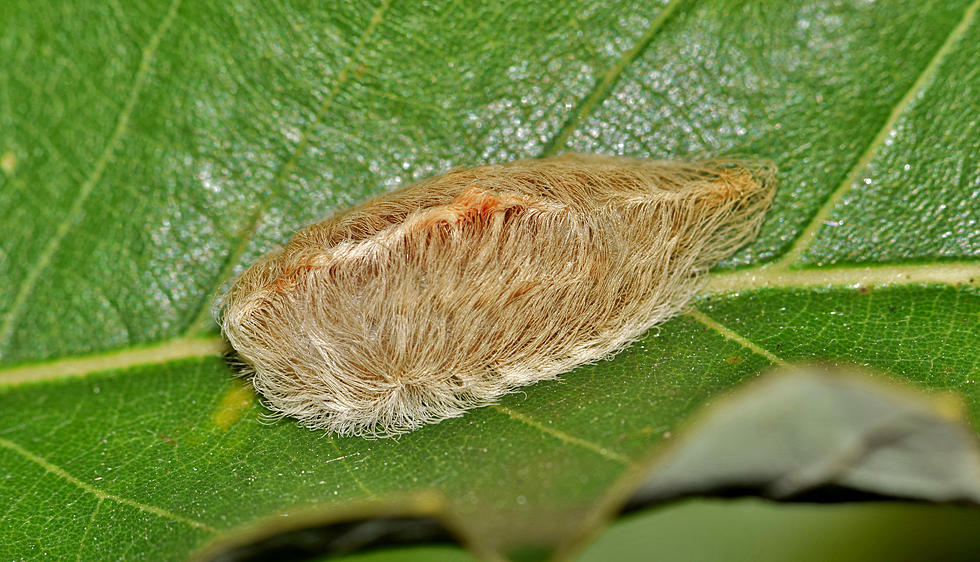Have you ever spotted a fuzzy caterpillar slowly making its way across a leaf or branch? Well, they may appear soft, but there’s an important rule to keep in mind: it’s not safe to touch them.
We’ll explain why handling these little creatures is not a good idea and how doing so can lead to unexpected problems.
Caterpillars are the early form of butterflies and moths. They come in different shapes, sizes, and colors, and some have tiny hairs or spiky bristles that give them a fluffy appearance.
While these caterpillars may seem harmless, they can hide potential dangers. These caterpillars have bristles, some of which are venomous, that can irritate your skin.
We’ll learn how to enjoy nature without putting ourselves in harm’s way.
Causes of Touching A Fuzzy Caterpillar
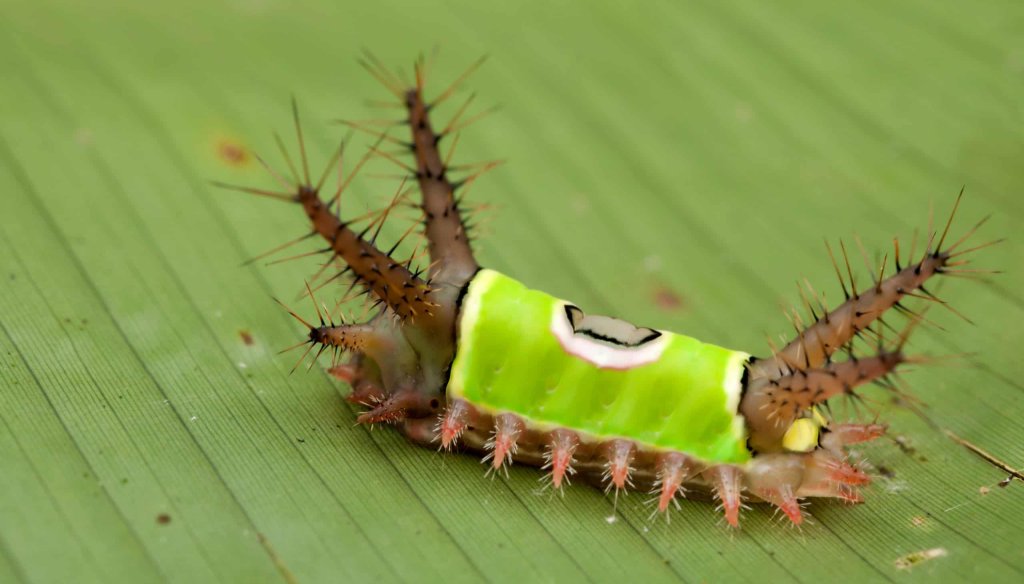
1. Headache and Fever
Touching a fuzzy caterpillar might seem harmless but can lead to unexpected consequences. When these cute creatures come into contact with your skin, they can release mini, hair-like structures called setae, which contain irritating substances.
These substances can cause skin irritation, itching, redness, and sometimes a mild headache and low-grade fever. While these symptoms are usually not severe, they can be quite uncomfortable.
2. Sweating
One of the immediate reactions to touching a fuzzy caterpillar is sweating. Your body’s natural response to the irritation caused by the caterpillar’s setae is to produce sweat. Sweating is a way for your body to cool down and reduce pain.
However, avoiding excessive rubbing or scratching is crucial, as this can worsen the irritation.
3. Painful for Eyes
Accidentally touching your eyes after handling a fuzzy caterpillar can be particularly painful. The setae covering the caterpillar’s body can transfer irritating substances to your eyes, leading to stinging, redness, and excessive tearing.
It’s essential to wash your hands after touching caterpillars and avoid touching your face to prevent irritation.
4. Allergic Reactions
For some people, touching a caterpillar can trigger allergic reactions. These reactions can vary in condition and may include symptoms such as hives or even difficulty breathing.
If you suspect you’re allergic to caterpillar venom, looking for medical attention immediately is essential. Allergic reactions can increase quickly, so it’s better to be careful.
5. Inflammation
When you touch a caterpillar, you risk causing inflammation in your skin. The caterpillar’s exterior isn’t just for show; it’s lined with small, hair-like structures called setae.
These setae can contain irritating substances that may cause an immediate inflammatory response upon contact with your skin. This can lead to redness, heat, and discomfort, like a mild allergic reaction.
6. Break Off in The Skin
One of the startling effects of touching a fuzzy caterpillar is the potential for its setae to break off in your skin. These microscopic harpoon-like hairs can embed themselves, causing irritation and a risk of infection if it does not get medical care.
Trying to remove them can make a worse situation by pushing them deeper into the skin.
7. Swelling
Apart from inflammation, swelling can happen when you touch a caterpillar. When something unfamiliar enters your body, it tries to protect itself by sending more blood to that spot.
This can make the area swell and uncomfortable. How much it swells can vary from person to person and the kind of caterpillar involved.
8. Itching and Redness
Touching a caterpillar can quickly lead to itching and redness. This happens because the caterpillar’s baby hairs contain irritants.
The itching can be strong and last a long time, making you uncomfortable. If you scratch the itchy area, it might worsen things and cause open sores and more problems.
Some Harmful Caterpillars
1. Southern Flannel Moth Caterpillar
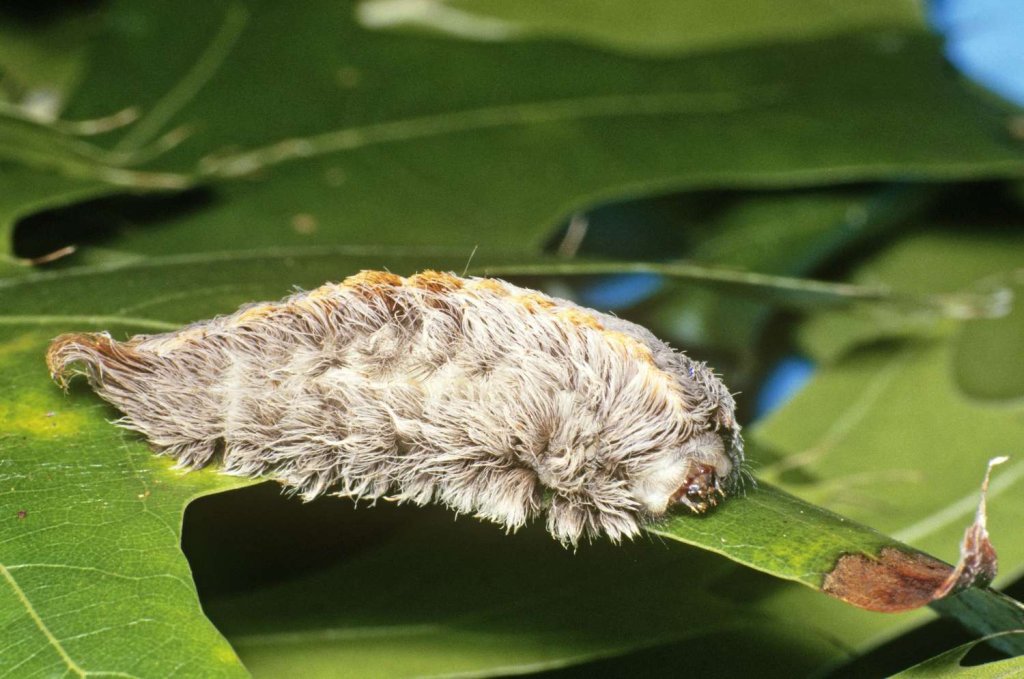
The Southern Flannel Moth Caterpillar might seem harmless because it’s soft and fuzzy. But don’t be tricked by its cute look. This caterpillar has spiky hairs that contain venom, and touching it can give you a really painful sting. So, it’s super important to stay away from this caterpillar to avoid getting hurt.
2. Hickory Tussock Moth Caterpillar
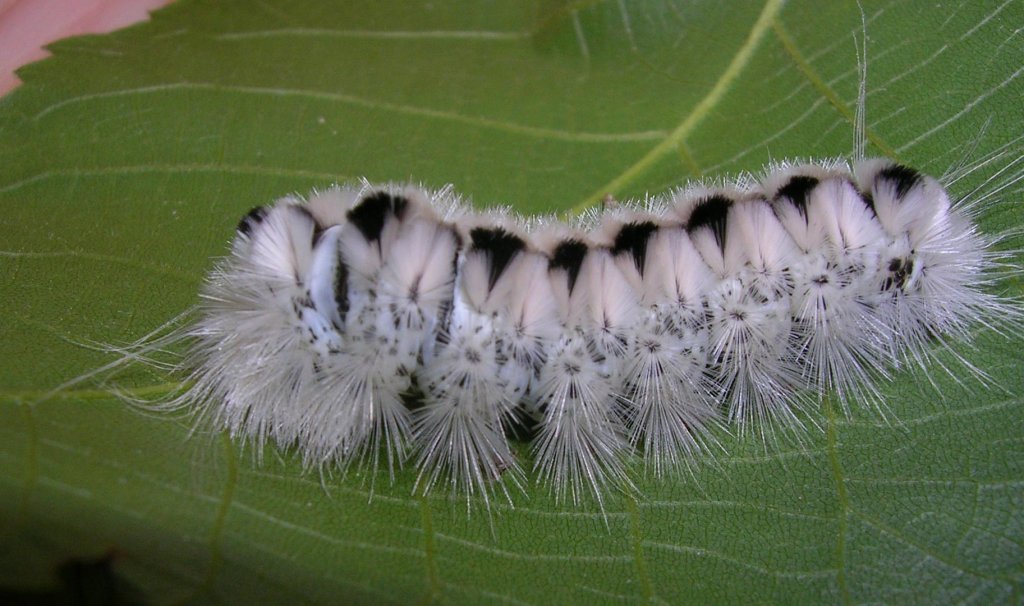
The Hickory Tussock Moth Caterpillar may look soft and fluffy with its white and black fuzz, but it’s not a creature you should touch. This caterpillar hides a sneaky trick up its sleeve. It has baby hair-like spines that can release venom, causing your skin to itch. Sometimes, it can trigger more serious allergic reactions. It’s safer to appreciate this caterpillar from afar and avoid handling it.
3. Puss Caterpillar
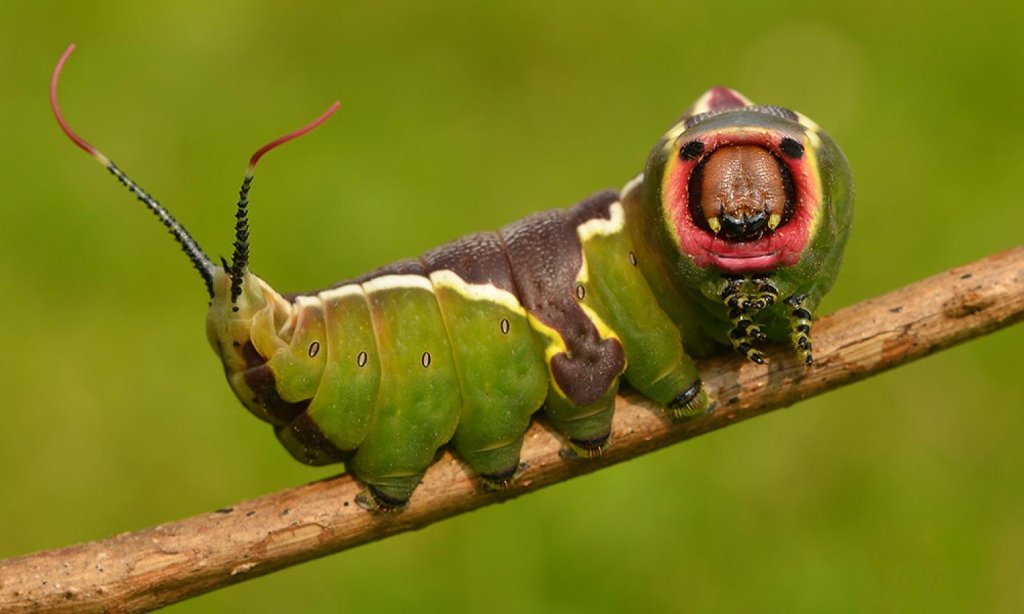
The Puss Caterpillar, identified through a ‘Caterpillar Identification Reference,’ is one of North America’s most venomous caterpillars, although it may look fluffy. It hides a strong poison in its spines.
If you touch it, these spines can break your skin and release venom that causes intense pain and swelling and sometimes even makes you feel sick and feverish.
It’s important to avoid this caterpillar and get medical help if it stings you.
Conclusion
It’s really important never to touch a fuzzy caterpillar. These little creatures might seem harmless, but they can cause big problems. Their tiny hair-like structures can act like small needles, fix themselves in your skin, and cause irritation, pain, and itching upon contact. Some caterpillars can carry poisonous toxins in their hair, leading to illness if touched, so interacting with them can be risky.
These caterpillars are small, and handling them can harm or interrupt their natural lives. It’s best to observe them safely and let them continue their activities undisturbed in their natural habitat. It’s better to admire fuzzy caterpillars from a safe distance.
Please don’t touch them; you’ll keep yourself and the caterpillar safe.

